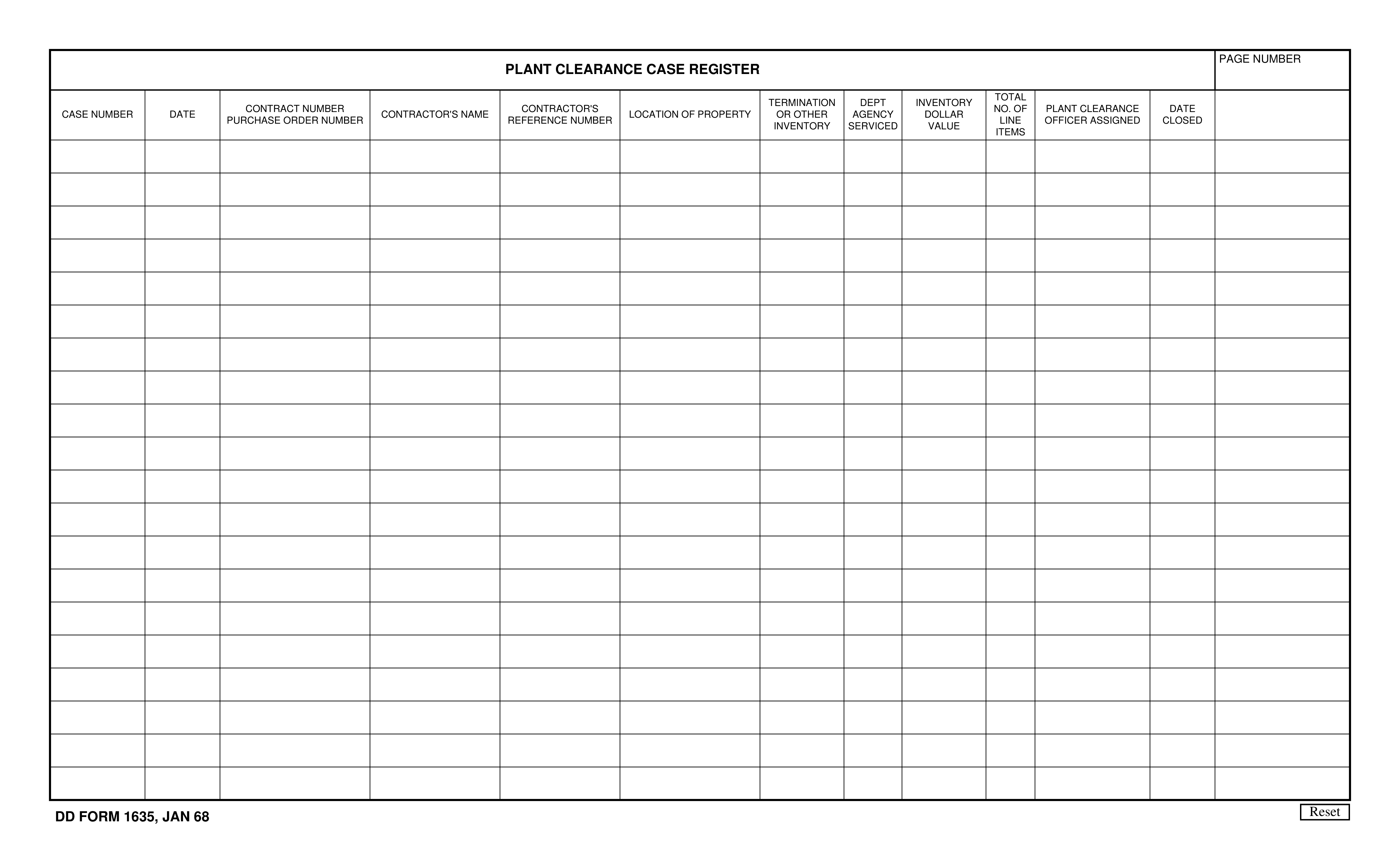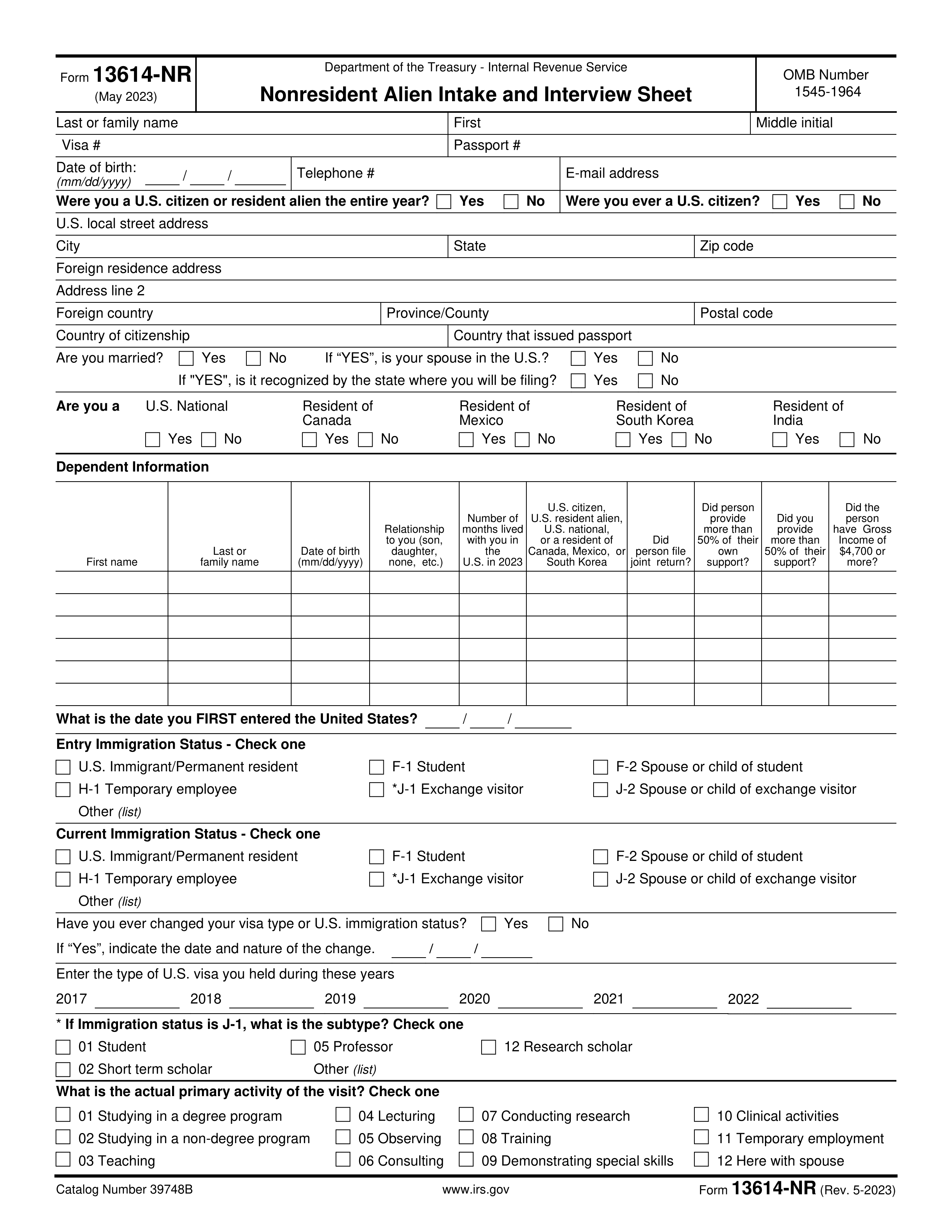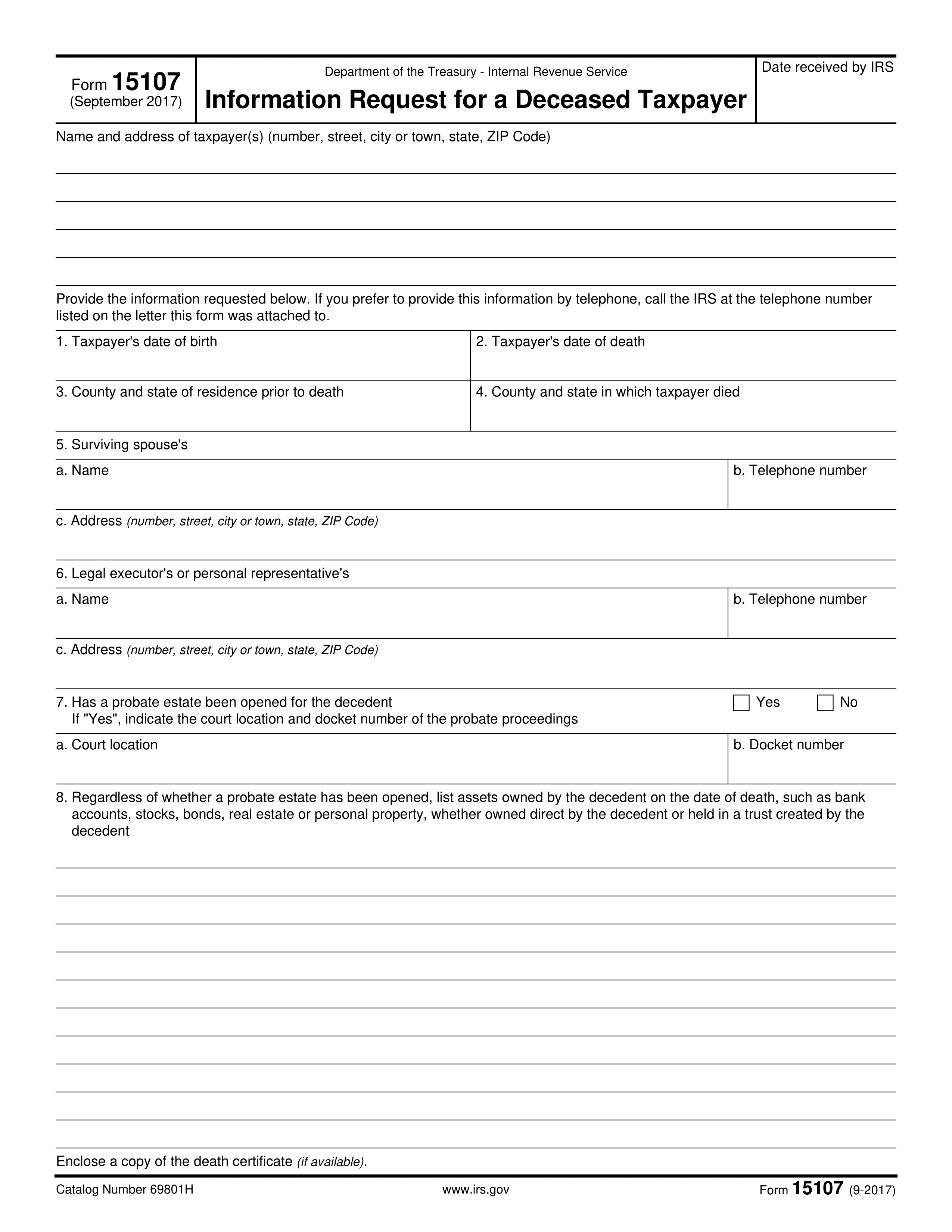What is Form 8991?
Form 8991 is a tax form that corporations with substantial gross receipts, exceeding $500 million annually, must use to report and calculate taxes on base erosion payments. Base erosion occurs when companies make payments to foreign affiliates that decrease the U.S. tax base. This form is essential for compliance with the Base Erosion and Anti-Abuse Tax (BEAT) provisions, which are designed to prevent large corporations from evading U.S. taxes through such practices, ensuring they contribute their fair share to the tax system.
What is Form 8991 used for?
Form 8991 serves specific tax purposes for corporations. Here’s what it’s used for:
- Determine Base Erosion Minimum Tax Amount: Calculate the minimum tax for corporations with specific base erosion payments.
- Report Base Erosion Payments: List payments and benefits to find the base erosion percentage and modified taxable income.
- Report Deductions and Credits: Use Schedule B for waived deductions and Schedule C for credits reducing tax liability.
- Identify Applicable Taxpayers: Assess if a corporation qualifies based on gross receipts and tax year criteria.
How to fill out Form 8991?
- 1
Complete Part I to establish average annual gross receipts.
- 2
Fill out Schedule A to calculate base erosion payments and benefits.
- 3
Report waived deductions on Schedule B.
- 4
Determine credits that reduce regular tax liability using Schedule C.
- 5
Show totals on the printed forms and enter the filer’s name and EIN.
- 6
Attach supporting statements and documents in the order of the schedules.
Who is required to fill out Form 8991?
Corporations, excluding regulated investment companies, real estate investment trusts, and S corporations, are responsible for completing Form 8991. Specifically, those with gross receipts of at least $500 million in any of the last three tax years must file this form.
When is Form 8991 not required?
Form 8991 is not required for corporations with gross receipts below $500 million in any of the prior three tax years. It also does not apply to regulated investment companies (RICs), real estate investment trusts (REITs), or S corporations. If your business falls into these categories, you can skip this form entirely.
When is Form 8991 due?
Form 8991 is due at the same time as your federal income tax return for the applicable tax year. For corporations operating on a calendar year, this means Form 8991 is generally due by April 15 of the year following the end of the tax year. If you file for an extension for your tax return, the extended due date also applies to Form 8991.
How to get a blank Form 8991?
To access a blank Form 8991, Tax on Base Erosion Payments of Taxpayers with Substantial Gross Receipts, simply visit our website. The Internal Revenue Service (IRS) issues this form, and we have it pre-loaded in our editor for you to fill out. Remember, our platform helps you fill and download forms but does not support filing.
Do you need to sign Form 8991?
No, you do not need to sign Form 8991. This form is used to calculate tax on base erosion payments, and a signature is not required. For the most accurate and updated information, it's always a good idea to check the latest IRS instructions. With PDF Guru, you can fill out the form, download it for your records, and handle any other necessary steps outside our platform, as we do not support submission.
Where to file Form 8991?
Form 8991 is not filed separately; it is included as part of your annual tax return package and submitted using the same method — either electronically or by mail — according to the instructions for your main tax return.







